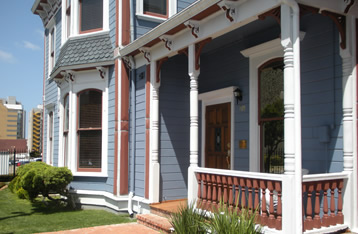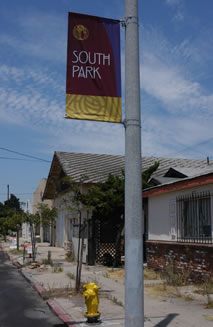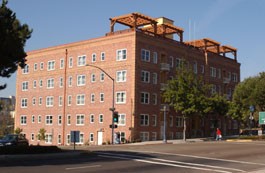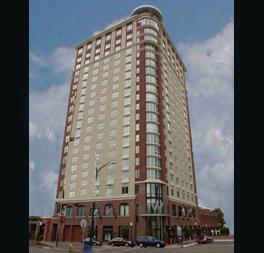Historic Renovations - BackgroundRenovating historic buildings is both rewarding emotionally and can be lucrative if done properly and with clear knowledge of construction costs and techniques. Historic buildings stand as symbols of their era, giving insights into social, economic, design and emotional factors in times past.
When one undertakes an historic restoration, many factors must first be considered, beginning with the first basic laws of real estate investing- “Location, Location, Location." One must back into the situation by first determining what the finished product renovated and repositioned will produce in terms of income. This analysis requires a study of all possible uses for the finished project. Looking at the income as the limiting factor, one then must consider what the cost of the renovations will be for each such possible use. The highest possible income may not necessarily be the best use of the project. For example it may require twice the project cost to raise the income by 25% over another possible use. The biggest concerns are the unknown issues that one will encounter once the restoration begins. Restorations never become less expensive than one anticipated as the unknown things can only be discovered during the restoration process. If one can think of something not anticipated when a wall is opened up or a foundation is uncovered, it will likely be there. Doing these types of projects require at the very least good engineers, contractors and consultants with restoration experience. An awareness of all of the alternative means to building something is essential to a successful restoration project along with the ability to think laterally in the problem solving arena.
|
As an example, the South Park project came on the market after it had been boarded up for almost 50 years. The seller put it on the market with the idea that the buyer would likely tear the old buildings down and build new ones. The sale price was based on vacant land comparable sales. The first several days on the market saw at least 4 offers. When I became aware of the project I first studied what could be built on the site and compared it to what was currently there. It was apparent to me that new improvements didn’t allow for much additional square footage, so the best outcome was the determination that the existing improvements could be restored for less cost than starting over, provided not too many expensive unknowns emerged during the course of restoration. With that in mind I had my real estate broker submit an offer $15,000.00 higher than the asking price. We were successful in making the purchase.
Restoring historic buildings is nothing like new construction. With new construction every stick of lumber, every electric connection and the exact amount of concrete is know before construction begins. Add to this the fact that a new building is generally being built with a particular type or class of tenant in mind. By contrast, historic restorations require adaptability and an ever changing scope of work and resulting budget. Even tenants coming along during the process have a very large impact as the owner must assess each prospective tenant’s use in terms of the overall project. It is much like one of the Apollo moon missions with over 100,000 course corrections along the journey, but with a budget that is constantly subject to a bust. Neighborhood politics also plays a big factor in the success or failure of an historic restoration. Often there are a minority of vocal people in a neighborhood who don’t want to see any change to their beloved surroundings. The loudest voice often does not reflect the sentiment of the neighborhood on a particular issue. As the neighborhood grows considerations must be given to insure that the growth is positive. |
|
|




